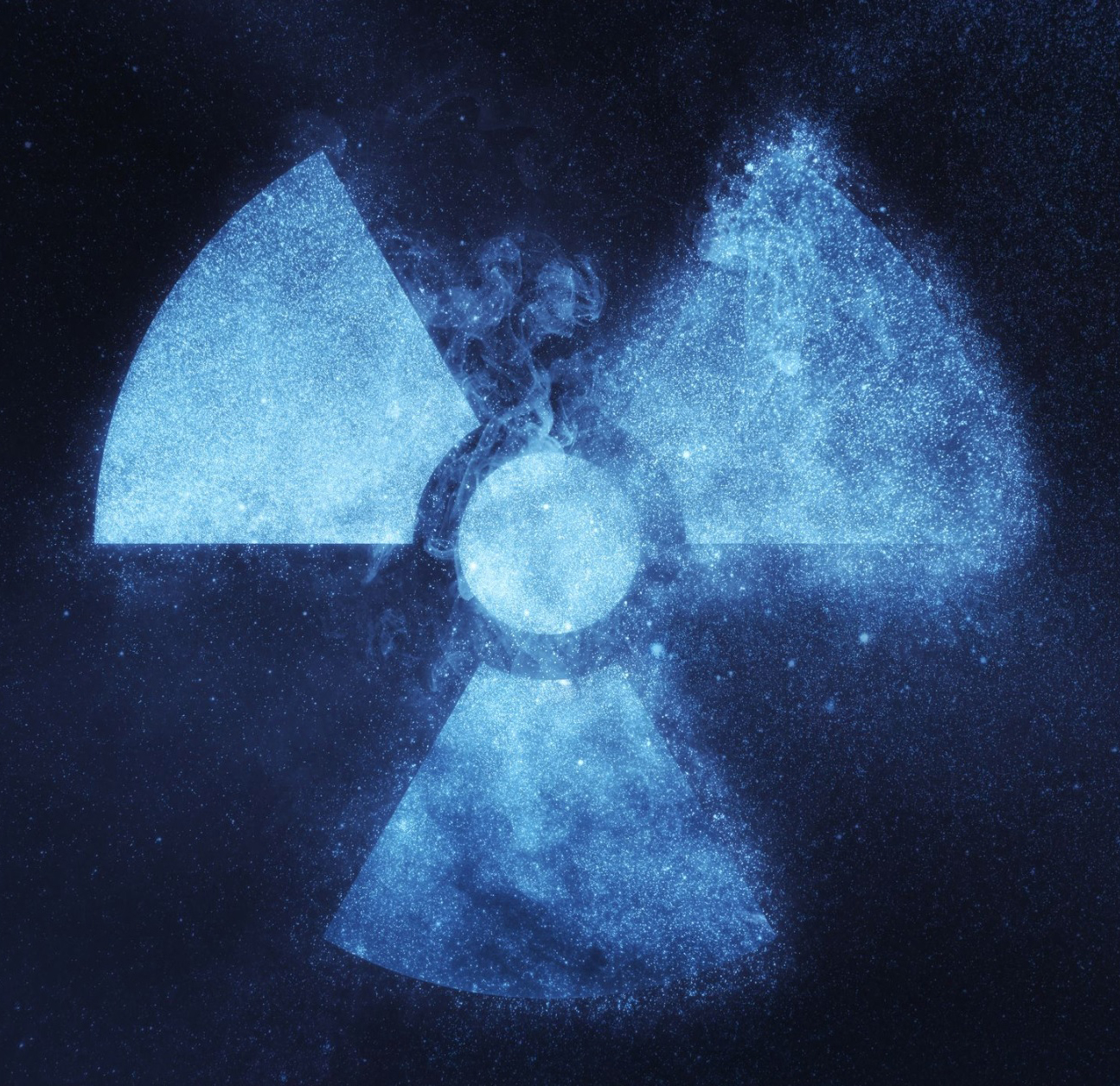
Lunar exploration is back in fashion these days, with a host of national space agencies as well as private companies launching missions to our nearest astronomical neighbor and announcing plans to build everything from human settlements to water mining operations and telescopes on its surface. The go-to energy source in space is solar power, but lunar nights last 14 days, so unless we want to haul huge numbers of batteries along for the ride, it won’t suffice for more permanent installations.
That’s why Russia and China are currently working on a plan to develop a nuclear power plant that could support the pair’s ambitious joint exploration program, Yuri Borisov, the head of Russia’s space agency Roscosmos said during a recent public event.
Borisov provided few details other than saying that one of Russia’s main contributions to the countries’ lunar plans was its expertise in “Nuclear space energy.” He added that they were also developing a nuclear-powered spaceship designed to ferry cargo around in orbit.
The idea of launching nuclear material into space may sound like an outlandish plan, but Russia and China are far from alone.
The UK Space Agency has also given engineering giant Rolls-Royce £2.9 million to research how nuclear power could help future manned moon bases.
The company unveiled a concept model of a micro nuclear reactor at the UK Space Conference last November and says it hopes to have a working version ready to send to the moon by the early 2030s.
